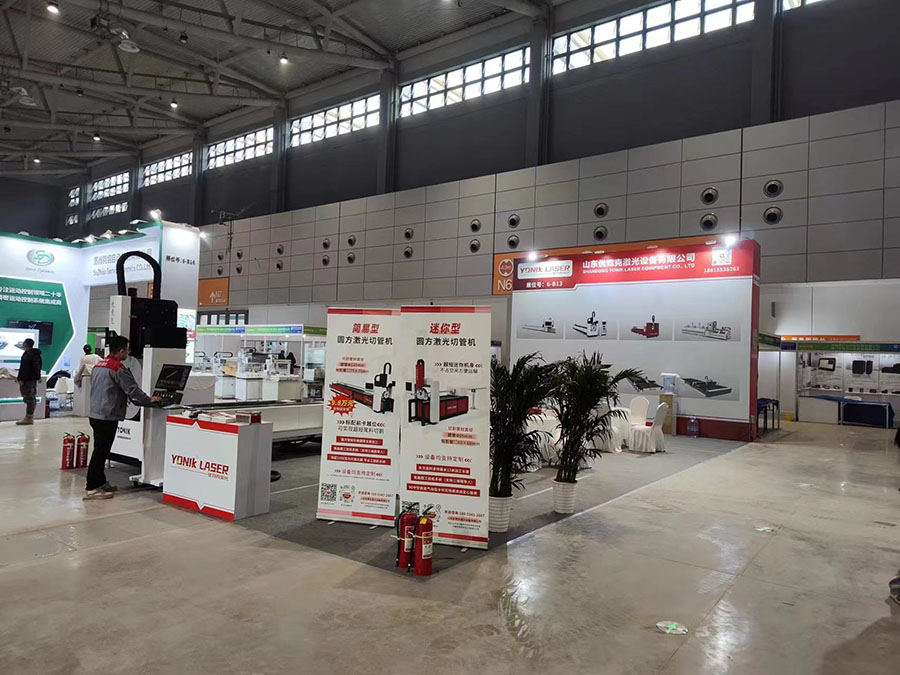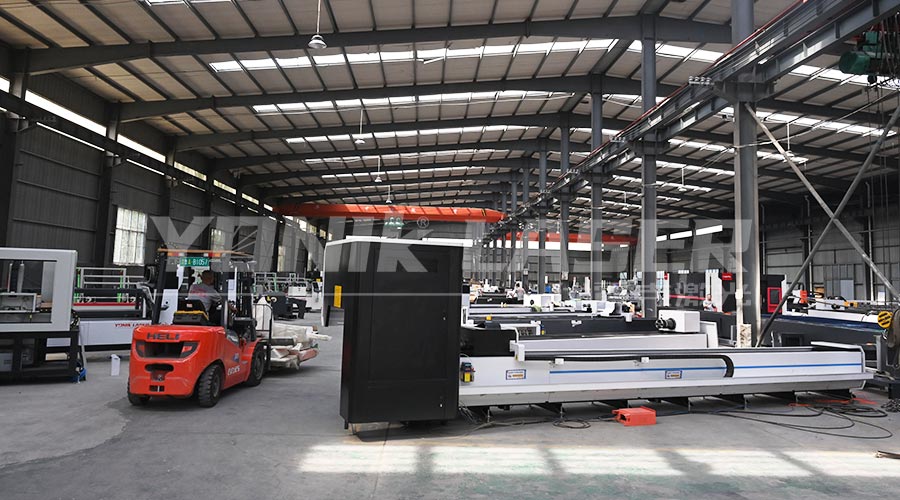In the laser cutting machine industry, cutting speed is one of the important indicators to measure equipment performance. However, many users have found that the cutting speed of the laser cutting machine gradually slows down during use, which not only affects production efficiency, but also may increase costs. This article aims to explore the possible reasons for the slow cutting speed of the laser cutting machine and propose corresponding solutions to help users better maintain and optimize equipment performance.

1. Possible reasons
Laser power drop
The laser is the core component of the laser cutting machine, and its power directly affects the cutting speed. As the use time increases, the laser power may gradually decrease, resulting in a slower cutting speed. This may be caused by reasons such as laser aging, light path contamination, or cooling system failure.
Optical lens contamination or damage
The optical lens of the laser cutting machine is responsible for focusing the laser beam on the workpiece. If the lens is contaminated or damaged, it will cause the laser beam to diverge, thereby reducing cutting efficiency. Common sources of contamination include dust, oil stains, and metal debris.
Improper focus position
The focus position is one of the key factors affecting cutting speed. If the focus position is not set properly, the laser beam energy will be unevenly distributed, which will affect the cutting speed and quality. For example, if the focus position is too far, the laser beam energy will be dispersed, while if it is too close, the workpiece surface may overheat.
Improper distance between nozzle and workpiece
The distance between the nozzle and the workpiece will also affect the cutting speed. If the distance is too far, energy will be wasted, and if the distance is too close, it may affect the dispersion of the scattered cutting products, thus affecting the cutting effect. Generally, the appropriate distance should be kept at about 0.8 mm.
Improper auxiliary gas setting
Auxiliary gas plays an important role in the laser cutting process. It can help remove the waste generated by cutting and protect the cutting surface from oxidation. If the type, pressure and flow of auxiliary gas are not set properly, it will affect the cutting speed and quality.
Cutting material characteristics
The type, thickness and physical properties (such as thermal conductivity, reflectivity, etc.) of the cutting material will also affect the cutting speed. Different materials have different absorption rates of lasers, which directly determines the cutting speed.
Overuse of equipment
Long-term continuous operation will cause the equipment to overheat and affect performance. In addition, excessive use may also cause wear of mechanical parts, thereby reducing cutting accuracy and speed.
2. Solution
Regular inspection and maintenance of the laser
Regularly use professional equipment to test the output power of the laser to ensure that it is in normal condition. If the power is found to be reduced, the aging parts should be replaced or the laser should be upgraded in time. At the same time, it is also crucial to keep the optical path clean and the cooling system in normal operation.
Clean and replace optical lenses
Regularly check the cleanliness of the optical lenses and use professional cleaning agents and tools to clean them. If the lenses are severely damaged, new lenses should be replaced in time.
Adjust the focus position
According to the characteristics and thickness of the cutting material, adjust the focus position to ensure the best cutting effect. Usually, it is necessary to determine the best focus position through trial cutting.
Optimize the distance between the nozzle and the workpiece
Ensure that the nozzle is at an appropriate distance from the workpiece to improve cutting efficiency and quality. The distance can be precisely controlled by adjusting equipment parameters or using auxiliary tools.
Adjust the auxiliary gas setting
According to the cutting material and thickness, select the appropriate auxiliary gas type, pressure and flow rate. Usually, it is necessary to determine the best gas setting through trial cutting.
Adapt to material characteristics
For different types of cutting materials, adjust the cutting parameters to adapt to their characteristics. For example, for high reflectivity materials, you can increase the laser power or reduce the cutting speed to get better cutting results.

Reasonable arrangement of working time
Avoid long-term continuous work and arrange the working time reasonably for necessary cooling and maintenance. At the same time, regularly check the mechanical parts and electrical systems of the equipment to ensure that they are in good condition.
In summary, there are many reasons why the cutting speed of the laser cutting machine slows down, but as long as we master the correct solution, we can effectively improve the cutting efficiency and quality. As practitioners or users in the laser cutting machine industry, we should pay close attention to the operating status of the equipment and perform regular maintenance and maintenance to ensure the long-term stable operation of the equipment.
2025-07-22
2025-07-21
2025-07-19